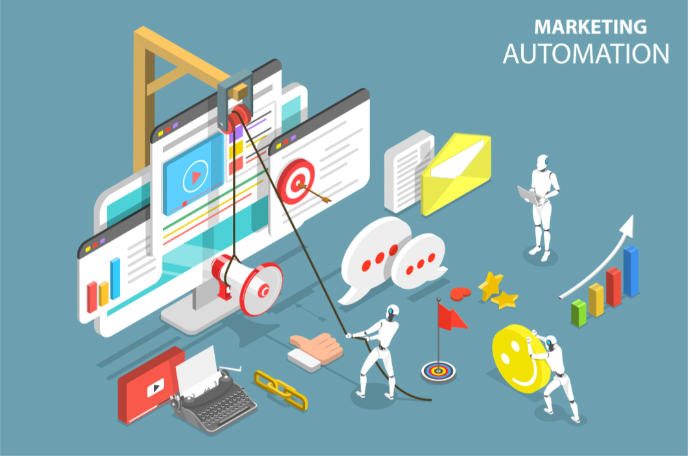Find out how businesses of all sizes are maintaining enterprise level amenities without the large costs.
Go through this essentials checklist and ultimate guide before select your coworking space.
When exchanging business emails, someone who always responds quickly and in an easy-to-understand manner creates a sense of trust and creates a good impression. Many employees and businesspeople want to be able to process email replies swiftly but have difficulties with minor details, such as the subject line or keeping a professional tone. With the average employee spending almost 30% of their time managing their email inbox, it's no surprise why it's important to follow email etiquette rules. It also takes careful thought to craft an email that holds negative news, apologies, or refusals. In this article, we will cover business email etiquette comprehensively and provide example sentences that you can use as a template. Before You Read Our Email Etiquette Tips, Do You Have: A professional email address An email signature with your job title, free from spelling errors Relevant information, including your phone number, address & professional social media links Four Email Etiquette Rules: Nailing The Basics Business communication has some essentials that apply to every email you compose. Reply Withing 24 Hours Unless it's spam content, it's appropriate email etiquette to respond within 24 hours of receiving it. Getting back to someone by the next day at the latest shows politeness and saves the sender from having to follow up multiple times. Naturally, you might not have the answer to someone's question in an email, but there are still methods to go around this. Something that requires consideration can be responded with: "Please allow me two days to …
Everyone knows that artificial intelligence makes our lives easier at work. Whether it’s for ideation, performing rudimentary tasks, or doing research, this technology is being adopted by 68% of workers in their organisation. Interestingly, those employees also don’t inform their managers about their AI usage, which can raise many questions and concerns. Instead of arguing about the pros and cons of AI, companies need to begin creating policies to support its usage. Technology is advancing and neglecting this will only place your team at a disadvantage. So why not learn how it works, implement policies, and train your employees on best practices? It Starts From The Top Nearly 75% of CEOs believe AI is a top investment priority. This shows us that the majority recognise its importance and companies that don’t keep up will be left behind. CEOs and managers need to train their employees on AI literacy and upskill them on the equitable use of it. Let’s take a marketing and legal team for example. Your marketing team might be upskilled in the usage of social media ad creative AI for design and copy purposes, or writing tools to assist your copywriter. On the other hand, a legal team will be restricted on how they can use AI since inputting confidential information would be a bad idea. Sounds obvious right? But mistakes are bound to happen. Many employees aren’t provided with training and are learning how to use AI in their own time. There is no oversight from managers or internal courses, …
Did you know that people who work in offices with natural features reported 15% higher levels of well-being? It’s time to rethink …









































